Ganesh Chaturthi, a beloved Hindu festival celebrated with great fervor in Odisha, holds a special place in the hearts of its people. The vibrant festivities, heartfelt rituals, and the presence of Lord Ganesha's idols mark this joyous occasion. However, in recent years, there has been a growing awareness of the environmental impact of using traditional plaster of Paris (PoP) idols, which can harm the state's pristine water bodies and ecosystems. In response, Odisha has witnessed a significant shift towards crafting eco-friendly Ganesh statues, a sustainable and responsible way to celebrate this cherished festival. In this blog post, we'll explore the eco-friendly revolution in Ganesh idol making in Odisha and its profound impact on the environment.
The Eco-Friendly Revolution in Odisha
Sustainable Materials: Odisha's eco-conscious devotees and artisans have embraced the use of sustainable materials, primarily locally sourced clay known as "shaadu maati," and natural colors. These materials are not only eco-friendly but also reflect the rich cultural heritage of the state.
Local Artisans: The movement towards eco-friendly Ganesh idols has provided a significant boost to local artisans and craftsmen specializing in clay and natural materials. This initiative not only preserves traditional art forms but also stimulates the local economy.
Community Engagement: Eco-friendly Ganesh idols have become a symbol of community involvement and sustainable living in Odisha. Many individuals, housing societies, and organizations come together to organize workshops and promote the creation of these idols.
Educational Initiatives: Awareness campaigns and educational programs highlight the environmental benefits of eco-friendly idols. Odisha's residents are increasingly recognizing the importance of making environmentally responsible choices during festivals, contributing to the state's green initiatives.
The Art of Crafting Eco-Friendly Ganesh Idols in Odisha
Clay Sculpting: Odisha's skilled artisans commence the creation of eco-friendly Ganesh idols by sculpting the deity using locally sourced clay. These craftsmen painstakingly fashion each idol with intricate details, ensuring that it captures the essence of Lord Ganesha.
Natural Colors: Natural, non-toxic colors derived from plant extracts are used to adorn the idols. These colors not only enhance the visual appeal but also align with the eco-friendly theme.
Biodegradable Decorations: Accessories and decorations made from biodegradable materials, such as jute and paper, are used to adorn the idols in Odisha. These eco-conscious embellishments further reduce the environmental footprint of the celebration.
Symbolism: Eco-friendly Ganesh idols in Odisha often incorporate symbolism related to environmental conservation. Elements like leaves, animals, and eco-friendly slogans are integrated into the designs to emphasize the importance of sustainable living, resonating with the state's green ethos.
Benefits and Impact in Odisha
Preservation of Ecosystems: In Odisha, the adoption of eco-friendly Ganesh idols significantly contributes to the preservation of its pristine water bodies and marine ecosystems. Traditional PoP idols can release toxic substances into these waters, causing harm to marine life.
Cultural Resonance: Embracing eco-friendly practices ensures that the tradition of celebrating Ganesh Chaturthi in Odisha remains culturally rich while being environmentally sustainable.
Community Unity: The creation and immersion of eco-friendly Ganesh idols foster a sense of community and collective responsibility in Odisha. It brings people together to celebrate while simultaneously caring for the environment.
In Odisha, the art of crafting eco-friendly Ganesh statues exemplifies the state's commitment to preserving its natural heritage and promoting environmental awareness. As devotees and communities across Odisha wholeheartedly embrace this eco-conscious approach to celebrating Ganesh Chaturthi, they demonstrate that cultural traditions and environmental stewardship can harmoniously coexist. By choosing eco-friendly Ganesh idols, the people of Odisha honor both the Lord of Beginnings and the earth that sustains them, ensuring that their celebrations leave a legacy of responsible living for generations to come.
Related Blogposts :



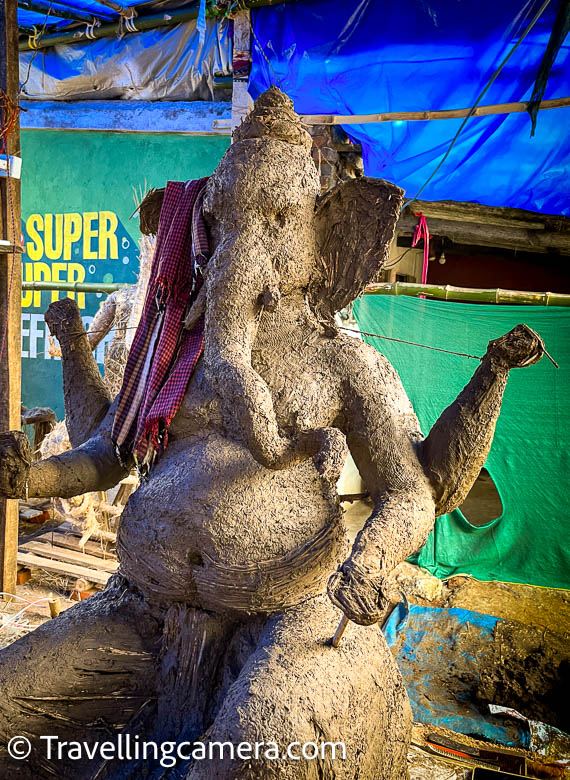



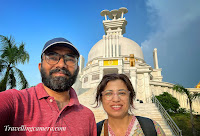
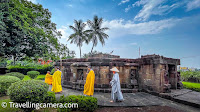



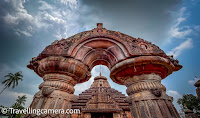




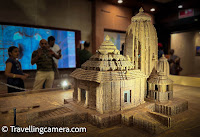


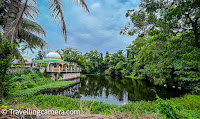






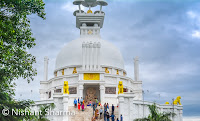




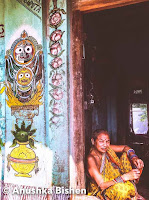

.jpg)
Comments